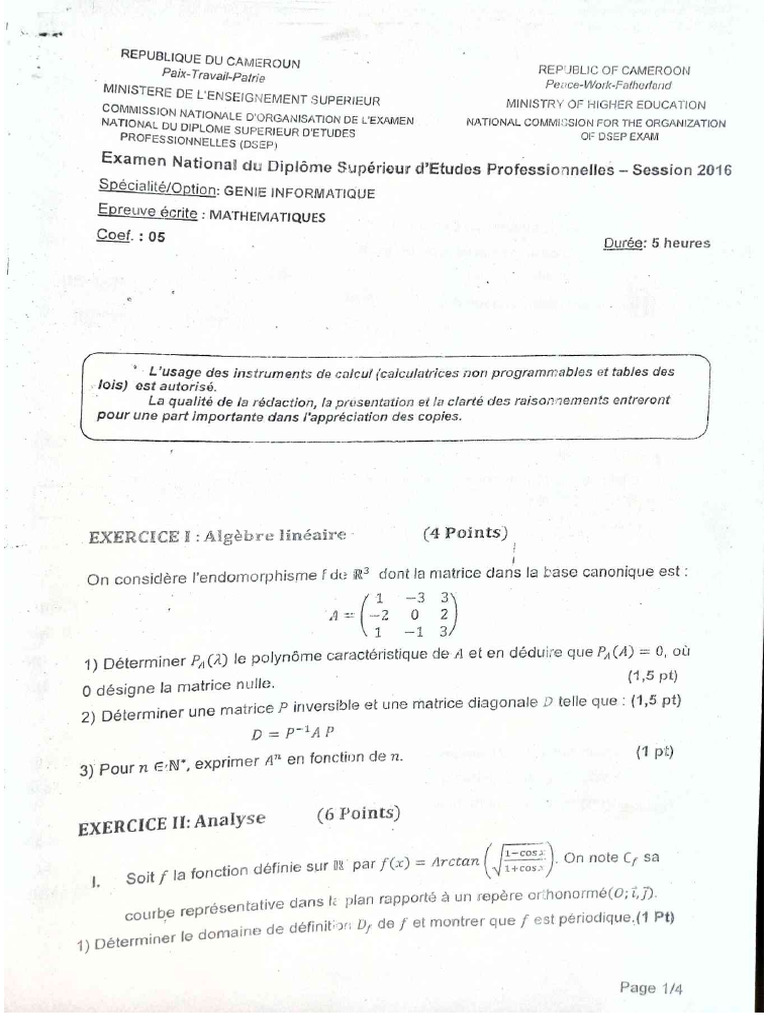Investigating The Role Of A Novel Respiratory Virus In Kawasaki Disease

Table of Contents
Kawasaki Disease: A Comprehensive Overview
Clinical Presentation and Diagnosis of KD
Kawasaki disease is characterized by a constellation of symptoms, most notably a persistent fever lasting five days or more, along with at least four of the following: bilateral conjunctival injection (red eyes), changes in the oral mucosa (strawberry tongue), rash, swelling of the hands and feet, and cervical lymphadenopathy (swollen lymph nodes). Early diagnosis is crucial because untreated KD can lead to serious cardiovascular complications.
- Fever: High fever unresponsive to common antipyretics.
- Rash: Polymorphous rash affecting the trunk and extremities.
- Conjunctival injection: Redness of the whites of the eyes, typically without discharge.
- Changes in the oral mucosa: Strawberry tongue and cracked lips.
- Swelling of the hands and feet: Edema and erythema of the extremities.
- Cervical lymphadenopathy: Swollen lymph nodes in the neck.
Diagnosis relies on clinical presentation, supported by laboratory tests such as inflammatory markers (elevated CRP and ESR). Echocardiography is essential to assess for coronary artery aneurysms, a serious complication of KD. The challenge lies in early diagnosis, as symptoms can mimic other childhood illnesses. Prompt treatment with intravenous immunoglobulin (IVIG) and aspirin significantly reduces the risk of coronary artery aneurysms.
Current Understanding of KD Etiology
The exact cause of Kawasaki disease remains unknown. Current theories propose a complex interplay of genetic predisposition and environmental triggers. Genetic susceptibility studies have identified several candidate genes associated with an increased risk of KD. However, these genes only partially explain the disease's occurrence. Environmental triggers, including infections, are suspected to play a crucial role in initiating the inflammatory cascade.
- Genetic factors: Studies suggest a genetic predisposition, although specific genes have not yet been definitively identified.
- Environmental triggers: Infections, particularly viral infections, are strongly suspected as potential triggers.
- Immune dysregulation: The disease is characterized by a significant inflammatory response and immune dysregulation.
The limitations of our current knowledge underscore the urgent need for more research to unravel the intricate interplay of genetic and environmental factors in the etiology of KD.
Novel Respiratory Viruses as Potential Triggers
Identification and Characterization of Relevant Viruses
Several studies have suggested a link between novel respiratory virus infections and the onset of Kawasaki disease. Human coronaviruses (including those responsible for common colds), human metapneumoviruses, and other respiratory viruses have been detected in KD patients. Advanced molecular techniques, such as polymerase chain reaction (PCR) and viral culture, are used to identify and characterize these viruses. Next-generation sequencing allows for detailed analysis of viral genomes, helping researchers understand viral evolution and potential links to disease severity.
- PCR: A highly sensitive method for detecting viral RNA or DNA.
- Viral culture: Isolating and growing viruses in the lab for further study.
- Sequencing: Determining the exact genetic sequence of the virus.
- Phylogenetic analysis: Studying the evolutionary relationships between different viruses.
Mechanisms of Viral-Induced Inflammation in KD
The exact mechanisms by which novel respiratory viruses might trigger KD remain unclear. However, several hypotheses exist. One possibility involves molecular mimicry, where viral proteins resemble host proteins, triggering an autoimmune response. Another suggests that the virus directly or indirectly activates the innate immune system, leading to a cytokine storm and uncontrolled inflammation. This excessive inflammatory response can damage blood vessels, leading to the characteristic coronary artery abnormalities seen in KD.
- Molecular mimicry: Viral proteins may mimic self-antigens, leading to autoimmune reactions.
- Cytokine storm: An overproduction of inflammatory cytokines, leading to systemic inflammation.
- Immune dysregulation: Impaired regulation of the immune system, contributing to persistent inflammation.
Epidemiological Studies and Evidence
Correlation Between Viral Infections and KD Incidence
Epidemiological studies have revealed temporal correlations between outbreaks of certain respiratory viruses and increases in KD cases. These studies frequently report geographic variations and seasonal patterns in KD incidence, suggesting a potential environmental trigger, including viral infections. Case-control studies and cohort studies are employed to investigate these associations. However, establishing causality remains challenging due to the complexities of the disease.
- Seasonal patterns: KD incidence may peak during specific seasons, coinciding with viral respiratory infection peaks.
- Geographic variations: Variations in KD incidence may be observed across different regions.
- Case-control studies: Comparing KD patients with control groups to identify risk factors.
- Cohort studies: Following groups of individuals over time to assess the incidence of KD in relation to viral exposure.
Limitations of Current Research
Current research on the relationship between novel respiratory viruses and KD faces several limitations. Sample sizes in many studies are relatively small, potentially affecting the statistical power. Methodological challenges in detecting and quantifying viral loads in KD patients also exist. Moreover, potential confounding factors, such as other infections or environmental exposures, can make it difficult to isolate the specific role of novel respiratory viruses. Larger-scale, well-designed prospective studies are needed to overcome these limitations and provide stronger evidence.
Conclusion: The Future of Research on Novel Respiratory Viruses and Kawasaki Disease
In conclusion, accumulating evidence suggests a potential role for novel respiratory viruses in the pathogenesis of Kawasaki disease. While the exact mechanisms remain unclear, the correlation between viral infections and KD incidence, coupled with the known inflammatory nature of the disease, warrants further investigation. Future research should focus on larger, well-designed studies that account for potential confounding factors. Increased funding and international collaboration are crucial for advancing our understanding of the role of novel respiratory viruses in Kawasaki disease. This research is essential for developing improved diagnostic tools, treatment strategies, and ultimately, prevention methods. We need to intensify research efforts to fully understand the role of novel respiratory viruses in Kawasaki disease to improve the lives of affected children.

Featured Posts
-
 Epreuves Bts 2025 Dates Cles Et Calendrier Des Resultats
May 30, 2025
Epreuves Bts 2025 Dates Cles Et Calendrier Des Resultats
May 30, 2025 -
 The Complete Z Cars Guide For Talking Pictures Tv Viewers
May 30, 2025
The Complete Z Cars Guide For Talking Pictures Tv Viewers
May 30, 2025 -
 Is Mlbs Ownership Structure A Problem A Madden Inspired Analysis
May 30, 2025
Is Mlbs Ownership Structure A Problem A Madden Inspired Analysis
May 30, 2025 -
 Edward Burke Jr The Hamptons Leading Dwi Defense Attorney
May 30, 2025
Edward Burke Jr The Hamptons Leading Dwi Defense Attorney
May 30, 2025 -
 Google Faces Constitutional Challenge From Competition Bureau
May 30, 2025
Google Faces Constitutional Challenge From Competition Bureau
May 30, 2025
